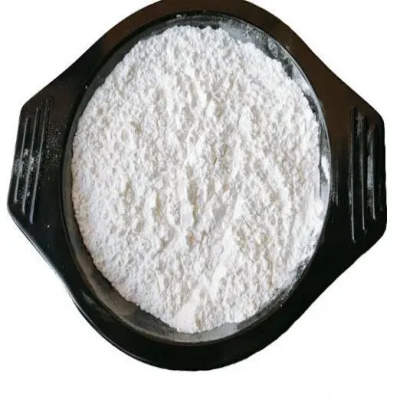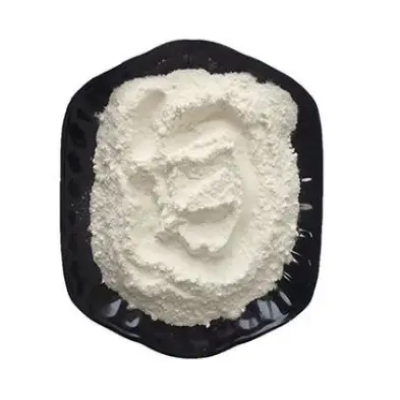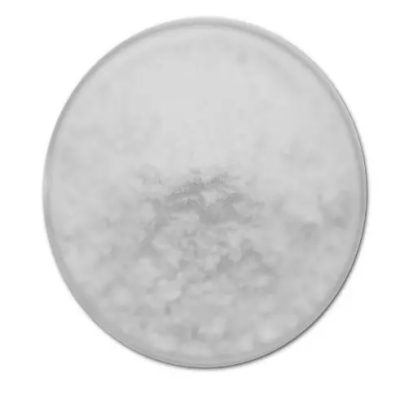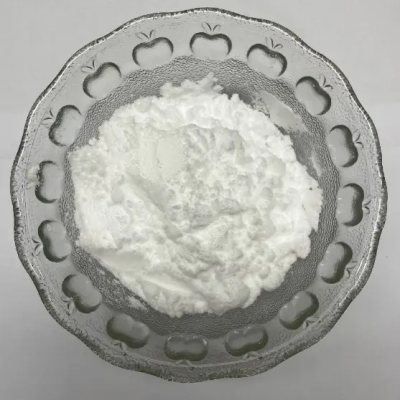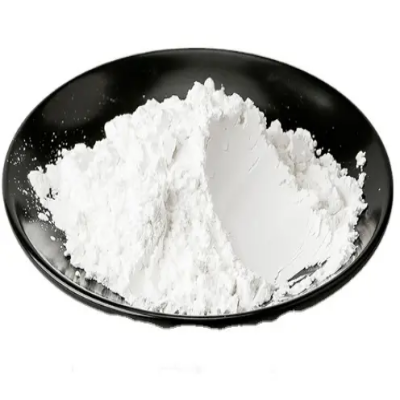Nitrocefin CAS:41906-86-9
In clinical microbiology laboratories, nitrocefin is utilized to test bacterial isolates for the production of beta-lactamase enzymes, which confer resistance to beta-lactam antibiotics. The test involves adding nitrocefin to a bacterial culture or directly onto a microbial colony on agar plates. If the bacteria produce beta-lactamase, the hydrolysis of nitrocefin results in a color change from yellow to red within minutes, indicating the presence of the enzyme. The nitrocefin test is particularly useful for differentiating between beta-lactamase-producing and non-producing strains of bacteria, aiding in the selection of appropriate antibiotic therapy. Positive results indicate that the bacteria are resistant to beta-lactam antibiotics, prompting the use of alternative antimicrobial agents. Conversely, negative results suggest susceptibility to beta-lactam antibiotics, guiding clinicians in choosing effective treatment options. Due to its simplicity and rapidity, the nitrocefin test is commonly employed in clinical laboratories for routine antimicrobial susceptibility testing and infection control purposes. It provides valuable information to healthcare providers for optimizing antibiotic therapy and preventing the spread of antibiotic-resistant bacteria in healthcare settings. Proper quality control measures and interpretation guidelines are essential to ensure the accuracy and reliability of nitrocefin test results, contributing to effective patient management and antimicrobial stewardship efforts.



| Composition | C21H16N4O8S2 |
| Assay | 99% |
| Appearance | white powder |
| CAS No. | 41906-86-9 |
| Packing | Small and bulk |
| Shelf Life | 2 years |
| Storage | Store in cool and dry area |
| Certification | ISO. |


